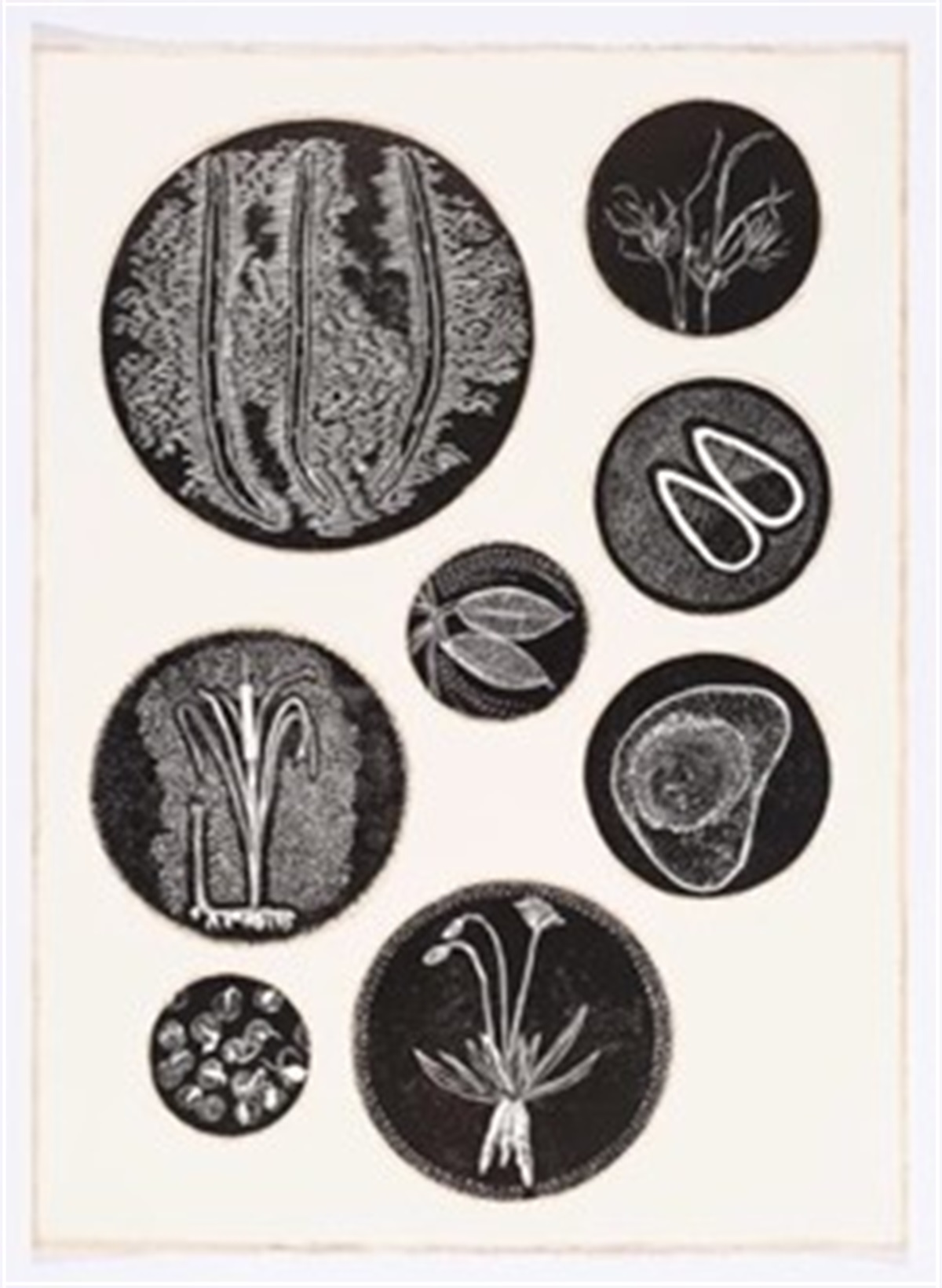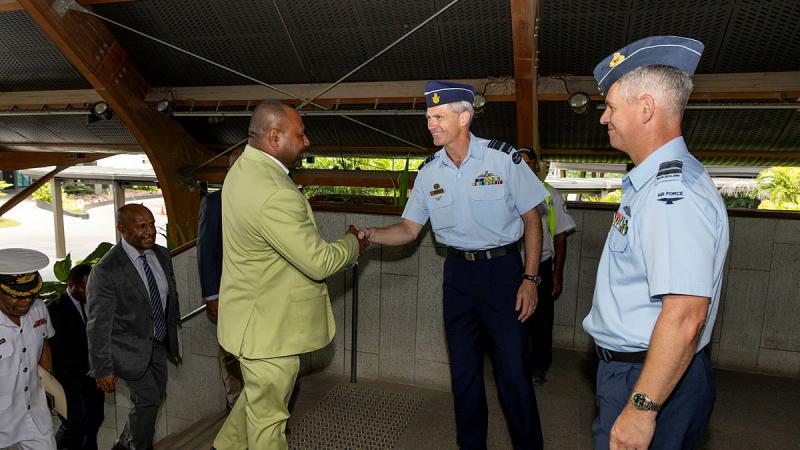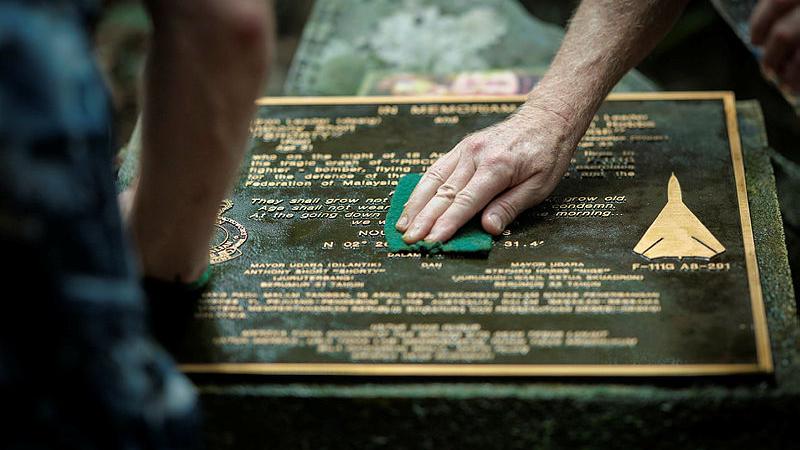The Federal Government’s Critical Minerals Strategy (the Strategy) released today provides a way forward for the future of Australia’s critical minerals industry, but now is the time to capitalise on the opportunities in front of us.
The Chamber of Minerals and Energy of Western Australia (CME) notes that there are several components of the Strategy that align with our recent Position Paper, which will assist in maximising the opportunity for WA to have a world-leading critical minerals sector; however, more needs to be done to achieve the objectives set out in the framework.
In particular, the Strategy focuses on where we as a nation can be competitive, and acknowledges that reducing duplication, risk and uncertainty of environmental and planning approvals should be one of the highest priorities for all levels of government.
As such, CME welcomes the intent for Government to work through the Environmental Protection and Biodiversity Conservation Act reform process and coordinate across states and territories to ensure efficient processing of approvals whilst upholding the highest of environmental standards.
In addition, the Strategy supports leveraging trade agreements and international partnerships to attract foreign investment, as well as working with industry to encourage the establishment of industry hubs and to identify strategic enabling infrastructure and services.
But while it’s positive the Northern Australia Infrastructure Facility will allocate $500 million of existing funding to projects aligned to the Strategy,
CME’s Position Paper highlights the need for further funding or tax incentives to shift the dial relative to cost settings and incentives in place in other jurisdictions.
The Strategy also states that bringing online sufficient new supply of the minerals needed to meet increasing demand within an appropriate timeframe represents a significant challenge, a notion shared by CME Chief Executive Officer Rebecca Tomkinson.
“CME strongly agrees with the Strategy’s articulation of the challenges we face in bringing new supply of minerals online to meet increasing demand, noting it can take more than 10 years to reach production from early-stage exploration,” she said.
“Alongside strategies and tools to promote Australia’s very high ESG standards, we must work towards reducing this timeline by removing duplication and simplifying processes.
“CME’s Position Paper also called for an increased focus on project facilitation to assist proponents to navigate existing processes.
Enhancing this function within government will be instrumental in identifying and addressing bottlenecks in real time and translating this insight into process improvements and streamlining reforms where required.”
In our Critical Minerals Position Paper, CME outlined the specific opportunities for WA as well as the challenges we face and how they could be addressed, as demand for critical minerals continues to surge in the race to decarbonisation.
Ms Tomkinson reiterated that to capitalise on the shared critical minerals ambitions of the state and the Commonwealth, policy efforts should be focused on areas of WA’s competitive strength as a tier-1 mining jurisdiction.
“Western Australia is already a world leading jurisdiction for the upstream production of critical and battery minerals globally, a factor that will continue to increase in importance to our nation’s trade partners,” she said.
“To capitalise on the potential share of economic value to be captured domestically, a continued commitment to both sustainable, competitive upstream raw materials production and downstream processing infrastructure is crucial.
“The pathway to net zero goes straight through Western Australia.”








